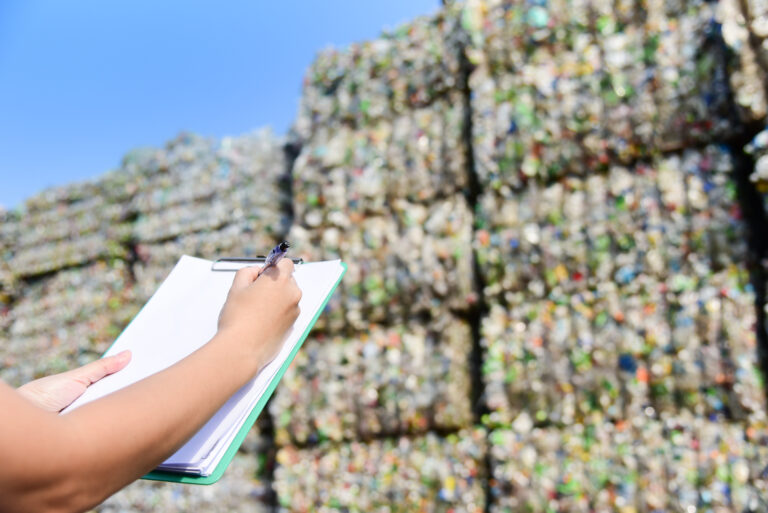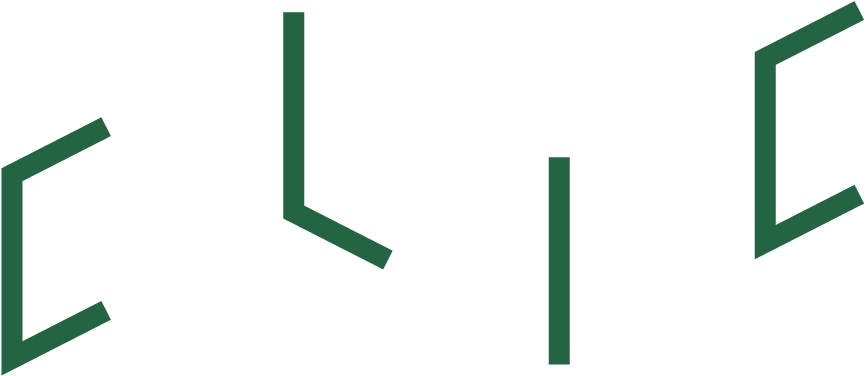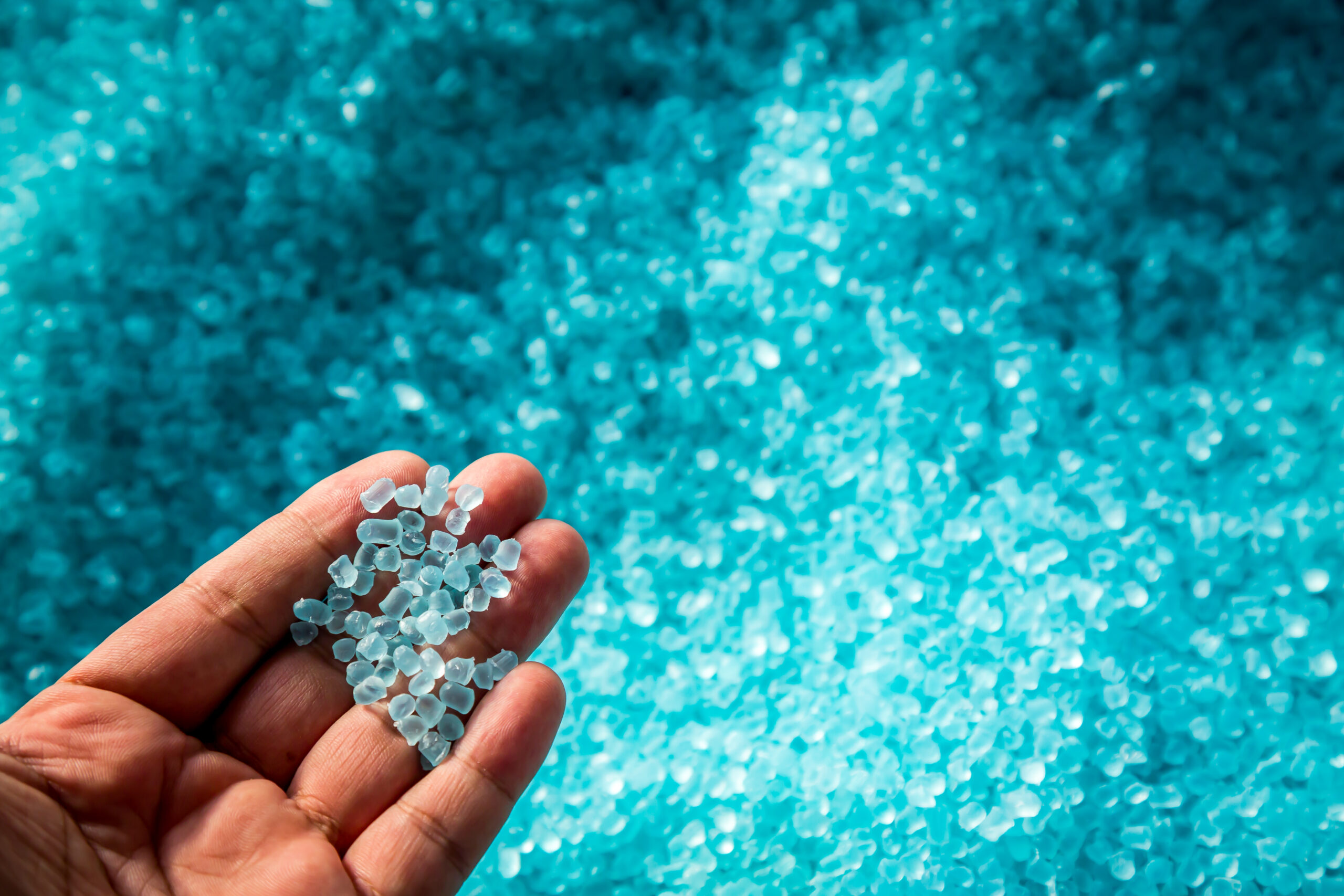Plastic pellet losses are the third-largest source of unintentional microplastic releases into the EU environment. The regulation aims to achieve zero pellet loss through mandatory handling measures, certification requirements, and self-declaration. It applies to all operators handling plastic pellets in quantities above 5 tonnes per year, including EU and non-EU carriers transporting pellets within the EU. By 2030, the EU aims to reduce microplastic pollution by 30%, making this regulation a key step toward a more sustainable and circular plastics economy.
New rules for plastic pellet handling
The objective of the EU’s new regulation on plastic pellets is to prevent them from entering the environment by improving risk management and implementing practical procedures to minimize losses. Plastic pellets are the third largest source of unintentional release of microplastics into the environment.
Merja Saarnilehto from the Finnish Ministry of the Environment provided an overview of the new regulation and its current legislative status. In 2021, the European Commission proposed that the EU should reduce microplastics released into the environment by 30 per cent by 2030. In 2024 The Finnish Government approved a communication to Parliament on the Plastic Pellets Regulation Proposal. Tripartite negotiations began in 2024 and are expected to conclude in April 2025.
The Regulation would apply to:
- Operators handling over 5 tonnes of plastic pellets in the EU
- Both EU and non-EU carriers transporting pellets
- Companies cleaning pellet containers
- Operators of sea vessels
Addressing pellet losses is no easy task as the particles are almost impossible to recapture once they enter the environment. Common challenges include lack of awareness and poor handling practices. All operators handling plastic pellets should follow best practices and clean up plastic pellet losses if they occur. Also risk assessment is key: operators should establish a risk assessment plan, obtain a certificate of conformity and notify the competent authority when handling pellets.
Another way to monitor pellet loss is to require economic operators and transporters of plastic pellets to keep records of estimated losses and total quantities processed. The proposal applies not only to economic operators but also to public authorities, who would be obliged to make information on plastic pellet handling publicly available.
“No pellet left behind”
Vesa Kärhä from the Finnish Plastics Industries Federation dived into the regulation that is aimed at preventing plastic pellet losses and thereby reducing microplastic pollution.
His presentation emphasised that there are many downsides to every lost pellet: loss of income, loss of investment and a working hazard. Pellet loss is not a new issue in the plastics industry, as it is already often monitored and managed as part of environmental, safety and quality systems on the field. Overall, loss prevention and maintaining a clean working environment are mainly about attitude and only to a small extent about technical solutions and innovations.
Finnish companies dealing with pellets have come up with their own ways of managing the issue. The level of knowledge in Finland is also at quite a good level. For example, the Academy of Finland has conducted a five-year study on the topic, among other research initiatives.
However, Vesa expressed concern about whether the EU regulation would actually lead to a 30% reduction in pellet litter in Finland, as planned. Preventing accidental losses and cleaning the spills is essential, and that is what the EU regulation should aim to deliver without excessive amount of new reporting needs.
Monitoring pellets on Finland’s coast
Plastic pellets are continuously observed in the Finnish coastal area. The PELLETTIMERI (“Pellet Sea”) project, led by the Finnish Environment Institute, studied pellet presence using sandy beach sampling and citizen observations. Sanna Suikkanen from the institute shared insights from the project, which found plastic pellets on all examined Finnish beaches.
Most pellets found were polypropylene (PP) and polyethylene (PE), which reflects their high production volumes and low density. However, identifying specific sources of the pellet emissions remains difficult.
The piloted monitoring method was found to be less optimal for Nordic Baltic beaches due to the nature of the sand. Sanna shared that a newly launched project, PELLET, in collaboration with Estonia and Latvia, aims to further develop a monitoring method suited for Baltic Sea beaches.

EU regulation combats microplastics
The event offered a comprehensive overview of the EU’s upcoming regulation targeting plastic pellet losses, a major contributor to microplastic pollution. With insights from experts in the field, the session emphasized the need for unified action across sectors. The new regulation aims to enforce stricter handling practices, enhance transparency, and implement preventative and monitoring measures throughout the plastic pellet value chain. As the legislative process progresses, this regulation stands as a critical step toward achieving the EU’s broader environmental goals and fostering a more circular plastics economy.
You can access the presentations and the recording of the event here.


